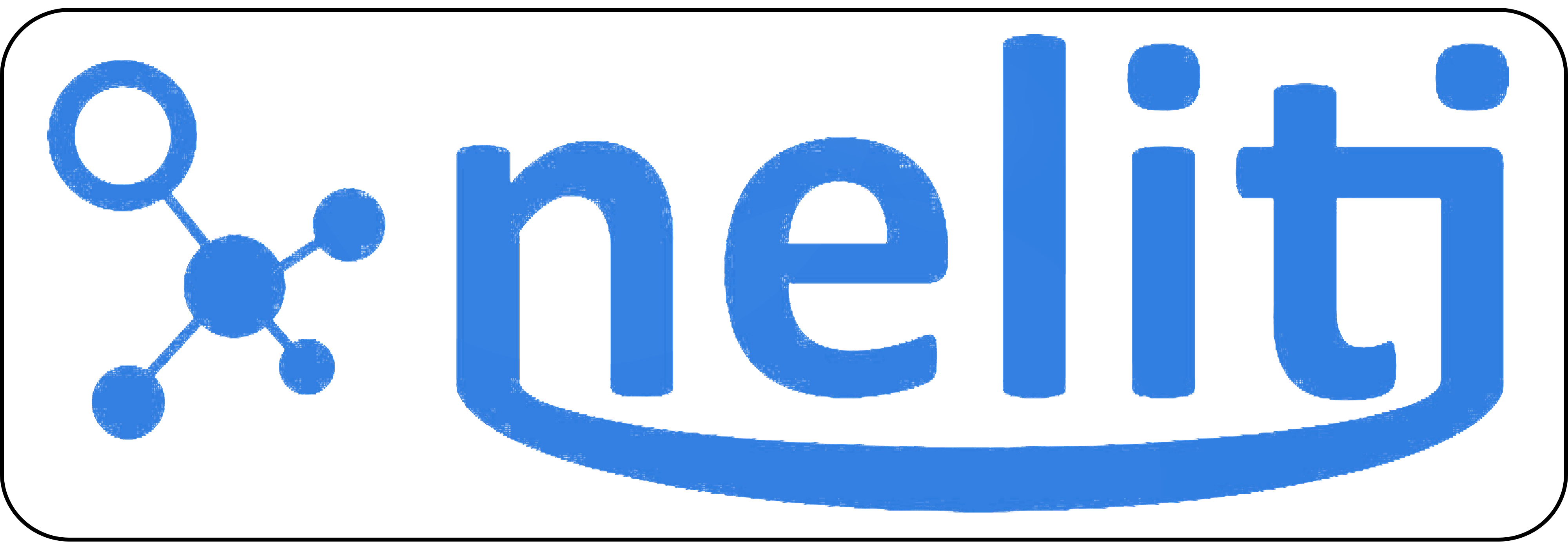Analisis Konflik Tokoh dalam Novel Pak Guru Karya Awang Surya
DOI:
https://doi.org/10.25299/j-lelc.2021.6441Keywords:
literature, conflicts internal-external, dramaticAbstract
Literary work as an imaginary, fiction that offers a variety of human and human problems, life and life. One form of literary work is novel. In Awang Surya's novel Pak Guru, there are various kinds of conflicts. Research problems: (1) How is the conflict between the characters in the novel Pak Guru by Awang Surya? (2) How do the authors present the character conflicts in the novel Pak Guru by Awang Surya? This study uses a qualitative approach with the type of library research and uses descriptive methods. The data source used is the novel Pak Guru by Awang Surya consisting of 48 chapters and 328 pages. Data collection techniques through hermenuetic techniques, namely read, note and summarize. In analyzing the data, it refers to various relevant theories, namely using the theory of Nurgiyantoro (2009 and 2013) about character conflict and using the theory of Sukada (1993) about how the author expresses character conflict. The results of the study concluded that the conflicts contained in the novel Pak Guru by Awang Surya were (1) internal conflict and external conflict. The internal conflicts experienced by the figures of Musa and Nasimah, the external conflicts occurred with the figures of Musa and SDN teachers, Musa and Pak Sarkowi, Musa with Alfan, Musa with Bu Eni, Musa with Nasimah. (2) The author's way of expressing character conflict in an analytical and dramatic manner.
Keywords: Literature, Conflict, Internal, External, Analytical, Dramatic
Downloads
References
Adhitya, Dea. 2010. Memahami Novel. Bogor: Quadra.
Agustina, Rini. 2016. “Analisis Konflik Tokoh Utama Dalam Novel Air Mata Tuhan Karya Aguk Irawan M.N”. Jurnal Paramasastra Vol. 3 No. 1 Maret hal. 113-140. DOI: https://doi.org/10.26740/parama.v3i1.1542
Aminuddin. 2002. Pengantar Apresiasi Sastra. Bandung: Sinar Baru Algensindo.
Asnawi, A. (2020). Kategori dan Fungsi Sosial Teks Cerita Rakyat Mayarakat Banjar Hulu: sebagai Pengukuh Warisan Kebudayaan Lokal Bangsa. Jurnal Sastra Indonesia, 9(3), 212–221.
Depdiknas. 2010. Kamus Besar Bahasa Indonesia. Jakarta: Balai Pustaka
Endraswara, Suwardi. 2011. Metode Penelitian Sastra. Yogyakarta: Caps.
Hamidy, U.U. 2012. Pembahasan Karya Fiksi dan Puisi. Pekanbaru: Bilik Kreatif Press
Hamidy, U.U.dan Edi Yusrianto. 2003. Metodologi Penelitian Disiplin Ilmu-Ilmu Sosial dan Budaya. Pekanbaru: Bilik Kreatif Press
Inayah, Nafiul. 2015. ”Analisis Konflik Tokoh dalam Novel Haji Backpacker karya Aguk Irawan MN”. Skripsi. Pekanbaru: FKIP UIR.
Kemendikbud. 2016. Permendikbud No. 21 tentang Standar Isi Pendidikan Dasar dan Menengah. Jakarta: Kementrian Pendidikan dan Kebudayaan.
Nurgiyantoro, Burhan. 2009. Teori Pengkajian Fiksi. Yogyakarta: Gadjah Mada University Press.
Pickering, Peg. 2006. How To Manage Conflict, Kiat Menangani Konflik. Terjemahan oleh Masri Maris. Jakarta: Erlangga.
Rahmanto, B. 2005. Metode Pengajaran Sastra. Yogyakarta: Kanisius.
Semi, Atar. 1994. Kritik Sastra. Bandung: Angkasa.
Sikana, Mana. 1985. Kritikan Sastera: Pendekatan dan Kaidah. Petaling Jaya: Fajar Bakti Sdn. Bhd.
























